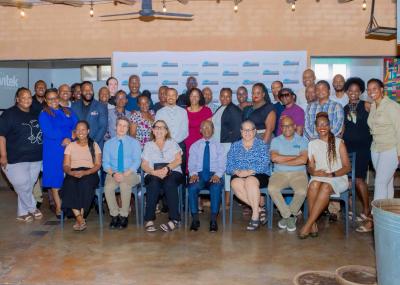Background: HIV-associated cryptococcal meningitis is the second leading cause of AIDS-related deaths, with a 10-week mortality rate of 25-30%. Fungal load assessed by colony-forming unit (CFU) counts is used as a prognostic marker and to monitor response to treatment in research studies. PCR-based assessment of fungal load could be quicker and less labour-intensive. We sought to design, optimise, and validate quantitative PCR (qPCR) assays for the detection, identification, and quantification of Cryptococcus infections in patients with cryptococcal meningitis in sub-Saharan Africa.
Methods: We developed and validated species-specific qPCR assays based on DNA amplification of QSP1 (QSP1A specific to Cryptococcus neoformans, QSP1B/C specific to Cryptococcus deneoformans, and QSP1D specific to Cryptococcus gattii species) and a pan-Cryptococcus assay based on a multicopy 28S rRNA gene. This was a longitudinal study that validated the designed assays on cerebrospinal fluid (CSF) of 209 patients with cryptococcal meningitis at baseline (day 0) and during anti-fungal therapy (day 7 and day 14), from the AMBITION-cm trial in Botswana and Malawi (2018-21). Eligible patients were aged 18 years or older and presenting with a first case of cryptococcal meningitis.
Findings: When compared with quantitative cryptococcal culture as the reference, the sensitivity of the 28S rRNA was 98·2% (95% CI 95·1-99·5) and of the QSP1 assay was 90·4% (85·2-94·0) in CSF at day 0. Quantification of the fungal load with QSP1 and 28S rRNA qPCR correlated with quantitative cryptococcal culture (R2=0·73 and R2=0·78, respectively). Both Botswana and Malawi had a predominant C neoformans prevalence of 67% (95% CI 55-75) and 68% (57-73), respectively, and lower C gattii rates of 21% (14-31) and 8% (4-14), respectively. We identified ten patients that, after 14 days of treatment, harboured viable but non-culturable yeasts based on QSP1 RNA detection (without any positive CFU in CSF culture).
Interpretation: QSP1 and 28S rRNA assays are useful in identifying Cryptococcus species. qPCR results correlate well with baseline quantitative cryptococcal culture and show a similar decline in fungal load during induction therapy. These assays could be a faster alternative to quantitative cryptococcal culture to determine fungal load clearance. The clinical implications of the possible detection of viable but non-culturable cells in CSF during induction therapy remain unclear.
Funding: European and Developing Countries Clinical Trials Partnership; Swedish International Development Cooperation Agency; Wellcome Trust/UK Medical Research Council/UKAID Joint Global Health Trials; and UK National Institute for Health Research.




